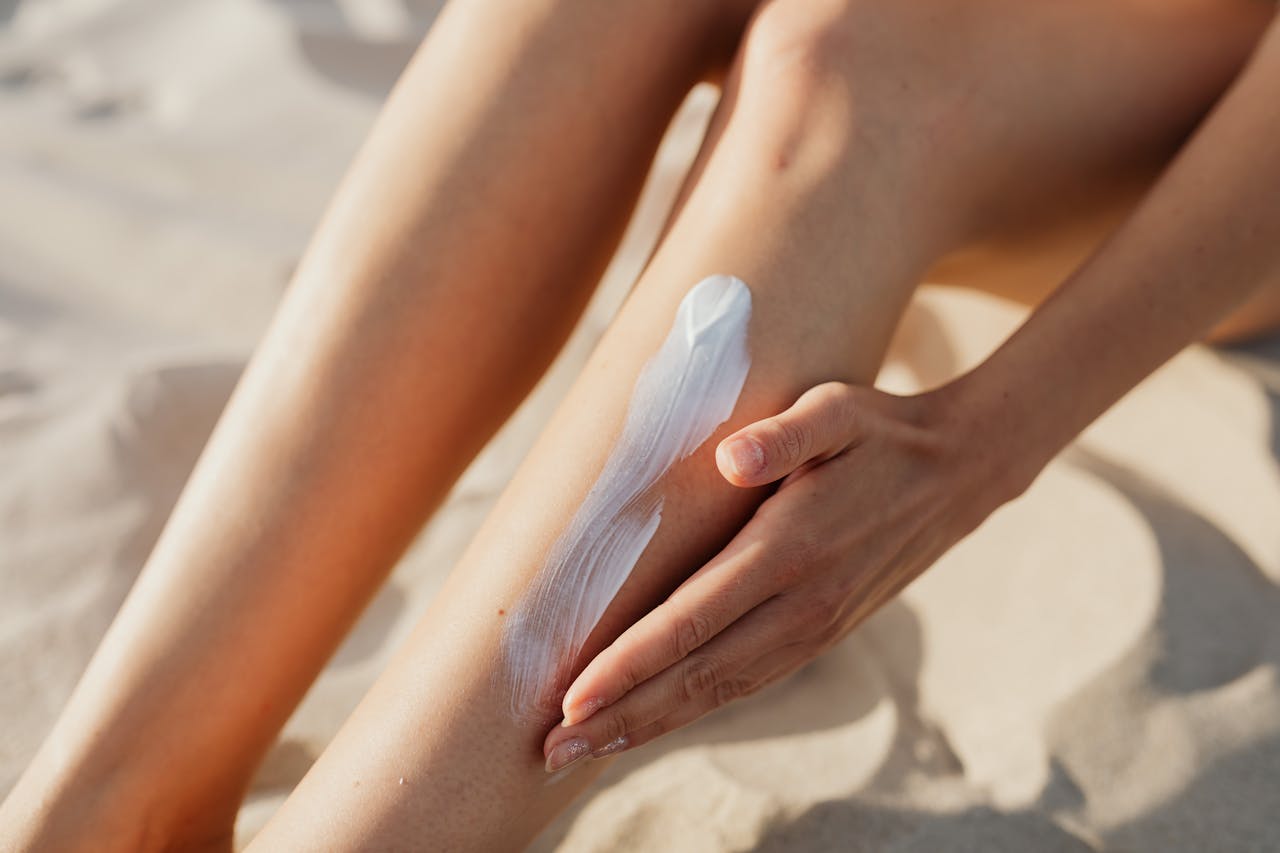
For people with lupus, avoiding sunlight isn’t just about sunburns, it’s about survival. UV exposure is a well-known trigger for lupus flares, causing rashes, fatigue, and even systemic inflammation. But emerging science suggests that ultraviolet radiation (UVR) may be doing far more than merely flaring symptoms. Could UV light be remodeling the immune system itself, changing gene expression, and amplifying autoimmunity at its core?
Let’s explore what the latest research reveals about the deeper, cellular effects of sunlight in systemic lupus erythematosus (SLE) and why sun protection isn’t just optional, but potentially life-preserving.
The Classic Link: UV Light and Lupus Flares
Lupus is an autoimmune condition where the body’s immune system mistakenly attacks its own tissues. In people with lupus, UV-A and UV-B radiation can:
- Trigger skin lesions, especially in sun-exposed areas
- Cause systemic flares involving the joints, kidneys, and nervous system
- Lead to extreme fatigue, fever, and organ inflammation
Why? Because UV exposure damages skin cells, releasing autoantigens (proteins from dying cells) that provoke an aggressive immune response in lupus-prone individuals.
But that’s just the surface.
UV Radiation Alters Immune Signaling at a Genetic Level
Recent studies show UV exposure doesn’t just trigger local inflammation—it may reshape the immune system’s behavior long-term.
Here’s how:
- UV-B light induces DNA damage, leading to immunogenic cell death in skin keratinocytes, which may activate autoreactive T cells.
- UV light modulates cytokine expression, particularly increasing type I interferons (like IFN-α), which are hallmark immune signals in lupus pathogenesis.
- UV exposure can increase epigenetic changes—chemical modifications to DNA that regulate how immune genes are turned on or off.
In lupus, these changes amplify the production of autoantibodies, interfere with regulatory immune mechanisms, and sustain chronic inflammation even after the sunburn heals.
UV Light May Affect the Central Nervous System in Lupus
It’s not just the skin. A 2022 study from Frontiers in Immunology found that UV-induced interferons can cross the blood-brain barrier, potentially worsening neuropsychiatric lupus.
This explains why some lupus patients experience:
- Brain fog
- Migraines
- Seizures
- Mood disturbances
after moderate sun exposure despite wearing sunscreen or not burning.
These findings suggest that even non-burning levels of sunlight could worsen lupus neurologically.
UV Light Suppresses Protective Immune Responses
Paradoxically, UV exposure also impairs regulatory T cells (Tregs) the immune cells that normally suppress autoimmunity.
In healthy people, UV light temporarily dampens immune reactions to protect against overactivation. But in lupus patients, this immune suppression becomes dysregulated, creating a vicious cycle:
- Damaged skin → increased autoantigens
- UV-induced immune chaos → reduced Treg activity
- Weaker control over inflammation → full-body lupus flares
So, UV isn’t just provoking symptoms it may be disrupting the very immune balance that keeps lupus in check.
The Vitamin D Paradox in Lupus
One complication of strict sun avoidance is vitamin D deficiency, which is common in lupus patients.
Vitamin D plays a key role in:
- Modulating immune response
- Maintaining T cell balance
- Reducing pro-inflammatory cytokines
Ironically, while UV light can worsen lupus flares, total sun avoidance may deplete vitamin D and increase disease severity. This paradox makes controlled supplementation and monitored sun exposure vital. Many experts recommend high-dose vitamin D3 (under medical supervision) to restore immune balance without sun risk.
UV-Induced Damage May Be Cumulative
New research suggests UV damage in lupus may be cumulative, not just flare-by-flare. Over time, repeated sun exposure may:
- Increase baseline inflammation
- Raise the risk of organ involvement (especially kidneys and CNS)
- Create molecular scarring in immune memory worsening disease severity over decades
This makes lifelong photoprotection essential, not just during flares or beach days.
Sunscreen Isn’t Enough Comprehensive Photoprotection Is Key
Most lupus patients are told to wear sunscreen, but that’s not enough. True photoprotection requires a multi-layered approach:
- Broad-spectrum sunscreen (SPF 50+) with zinc oxide or titanium dioxide
- Daily reapplication, especially if sweating or outdoors
- Sun-protective clothing, hats, and UV-blocking sunglasses
- Avoiding mid-day exposure (10 a.m. to 4 p.m.)
- UV window films for cars and homes (UV can penetrate glass)
- Apps that track UV index and alert patients to high-risk hours
For many, this is a lifestyle—not just a routine.
UV Light and Lupus Medications: An Overlooked Interaction
Some lupus treatments, like hydroxychloroquine and methotrexate, can increase sun sensitivity. Others, like NSAIDs or biologics, may suppress the skin’s natural defense mechanisms, leading to worsened sun reactions.
That’s why personalized UV safety plans are vital—tailored to both the patient’s disease and medication profile.
The Bottom Line: UV Light Is an Immune Trigger, Not Just a Flare Provoker
We now know that UV light isn’t just a surface threat in lupus. It’s an immune disruptor, a genetic modifier, and a long-term disease amplifier. For lupus patients, every UV encounter—burn or no burn—can potentially deepen autoimmune activity and escalate systemic symptoms. But with the right strategies, this risk is manageable.
Sunlight may feel harmless. But for those with lupus, it speaks directly to the immune system—and the message isn’t always kind.
FAQ: UV Exposure and Lupus
Does sunscreen completely protect lupus patients from flares?
Not entirely. Sunscreen is helpful, but UV rays can still affect exposed areas, especially without full reapplication or physical barriers like clothing.
Can UV exposure cause internal lupus flares without skin symptoms?
Yes. UV-triggered interferons and immune dysregulation can lead to systemic symptoms, even if the skin doesn’t visibly react.
What type of UV light is most dangerous in lupus—UVA or UVB?
Both. UVB is more associated with DNA damage, while UVA penetrates deeper and is linked to immune modulation.
How can lupus patients maintain vitamin D levels without sun exposure?
Through vitamin D3 supplements, ideally monitored by a rheumatologist. Food sources help but are often insufficient.
Is UV risk lower on cloudy days or indoors?
Not necessarily. Up to 80% of UV rays penetrate clouds, and UVA can pass through windows. Protection is still needed.
